Is Ford Building Trucks As Solid As Coke Cans?

The Wall Street Journal has a long article about Ford “working on one of the biggest gambles in its 108-year history: a pickup truck with a largely aluminum body.” Ford will make parts of its next generation F150 from aluminum to save some 700 lbs, which “would enable Ford’s trucks to go farther on a gallon of gasoline, and open the door to other changes, such as the use of smaller engines.” The fear is that some people will think Ford is building a truck for sissies.
In a world where weight is regarded as strength, aluminum is often associated with a beer soda can that any good old boy can crush with one hand and then toss it in an environmentally responsible manner out of the window and in the back of the truck.
Some automotive engineers will tell you that certain aluminum alloys can actually be stronger than high tensile steel. Most importantly, in addition to being lighter than steel, aluminum alloy allows you to build stiffer bodies, important for both driving dynamics and crash-worthiness.
Aluminum also has its drawbacks. It is a bitch to weld. Body repairs usually must be done by specialized shops that charge very special prices.
To get the full benefit of an all-aluminum body, it must be redesigned from the ground up, including completely redesigned production engineering. For instance, the article complains that ”a big headache is the lack of magnetism, requiring powerful and electricity-hungry vacuums to be used to pick up the aluminum sheets for transfer. Assembly plants now use giant magnets to move steel body panels around.” This produces shudders at Volkswagen engineers. There, even steel sheets are moved via vacuum, simply to avoid the marring by the magnets.
The biggest problem is the PR problem. The public could be educated that aluminum can be better than steel – but then, comparisons would have to be made with steel. A company that still makes most of its cars from steel will avoid this comparison. And will have to deal with the misconceptions.

Bertel Schmitt comes back to journalism after taking a 35 year break in advertising and marketing. He ran and owned advertising agencies in Duesseldorf, Germany, and New York City. Volkswagen A.G. was Bertel's most important corporate account. Schmitt's advertising and marketing career touched many corners of the industry with a special focus on automotive products and services. Since 2004, he lives in Japan and China with his wife <a href="http://www.tomokoandbertel.com"> Tomoko </a>. Bertel Schmitt is a founding board member of the <a href="http://www.offshoresuperseries.com"> Offshore Super Series </a>, an American offshore powerboat racing organization. He is co-owner of the racing team Typhoon.
More by Bertel Schmitt
Latest Car Reviews
Read moreLatest Product Reviews
Read moreRecent Comments
- SCE to AUX I think the 2.2 was a pretty durable engine.
- Rochester We'll probably be trading in our 2018 Touring Edition Forester for the next model, and are waiting to see what the Hybrid is all about. Would be nice if they disclose whether or not it will be a plug-in Hybrid.
- CEastwood I have a friend who drives an early aughts Forrester who refuses to get rid of it no matter all it's problems . I believe it's the head gasket eater edition . He takes great pains regularly putting in some additive that is supposed prevent head gasket problems only to be told by his mechanic on the latest timing belt change that the heads are staring to seep . Mechanics must love making money off those cars and their flawed engine design . Below is another satisfied customer of what has to be one of the least reliable Japanese cars .https://www.theautopian.com/i-regret-buying-a-new-subaru/
- Wjtinfwb 157k is not insignificant, even for a Honda. A lot would depend on the maintenance records and the environment the car was operated in. Up to date maintenance and updated wear items like brakes, shocks, belts, etc. done recently? Where did those 157k miles accumulate? West Texas on open, smooth roads that are relatively easy on the chassis or Michigan, with bomb crater potholes, snow and salt that take their toll on the underpinnings. That Honda 4 will run forever with decent maintenance but the underneath bits deteriorate on a Honda just like they do on a Chevy.
- Namesakeone Yes, for two reasons: The idea of a robot making decisions based on algorithms does not seem to be in anyone's best interest, and the thought of trucking companies salivating over using a computer to replace the salary of a human driver means a lot more people in the unemployment lines.



















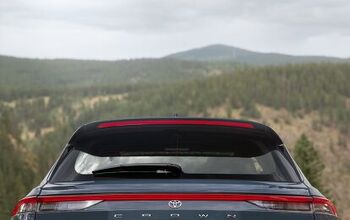




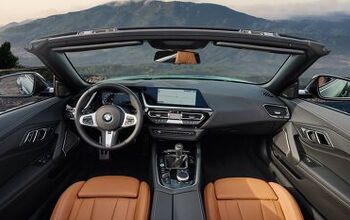
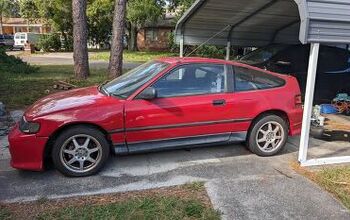

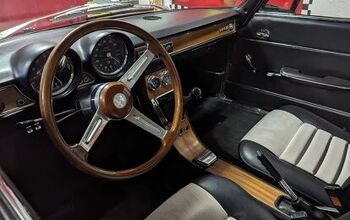

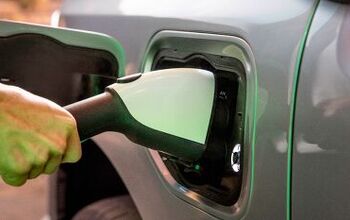
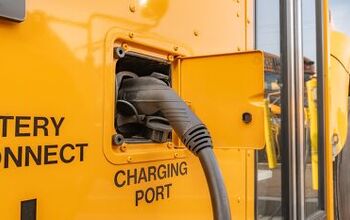



Comments
Join the conversation
How is this hard to sell to the average person. Aren't most aircraft made out of aluminum because it is stronger and lighter for all the right reasons? I thought your average rube on the street understood that cars were made from steel because it was cheaper, not necessarily better.
Pretty funny reading some of these comments, three years after the fact and Ford can't keep up with demand for the aluminum bodied F-150.